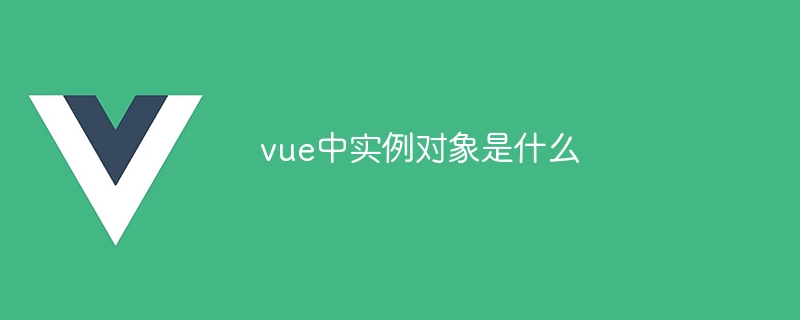
The instance object in Vue is a core object that manages application state and behavior, including responsive data, methods, calculated properties, life cycle hooks, etc. Instance objects are created through Vue and contain main components such as data, methods, computed, and life cycle hooks. They are used to operate reactive data, define methods, calculate derived data, handle application life cycle events, and configure application behavior. Understanding instance objects is fundamental to developing Vue applications.

Instance object in Vue
Short answer:
The instance object in Vue is a core object that manages the state and behavior of Vue applications. It contains all reactive data, methods, calculated properties, lifecycle hooks, etc.
Detailed answer:
Creation of instance objects
When you create a new application using Vue, a A new Vue instance object. This can be achieved by:
const app = new Vue({
// 选项对象
})Composition of the instance object
The Vue instance object contains the following main components:
Purpose of instance object
The instance object is the center of managing Vue applications, which allows developers to:
Understanding Vue instance objects is the basis for developing Vue applications. It provides a single access point to application state and behavior, allowing developers to easily manage and control applications.
The above is the detailed content of What is an instance object in vue. For more information, please follow other related articles on the PHP Chinese website!